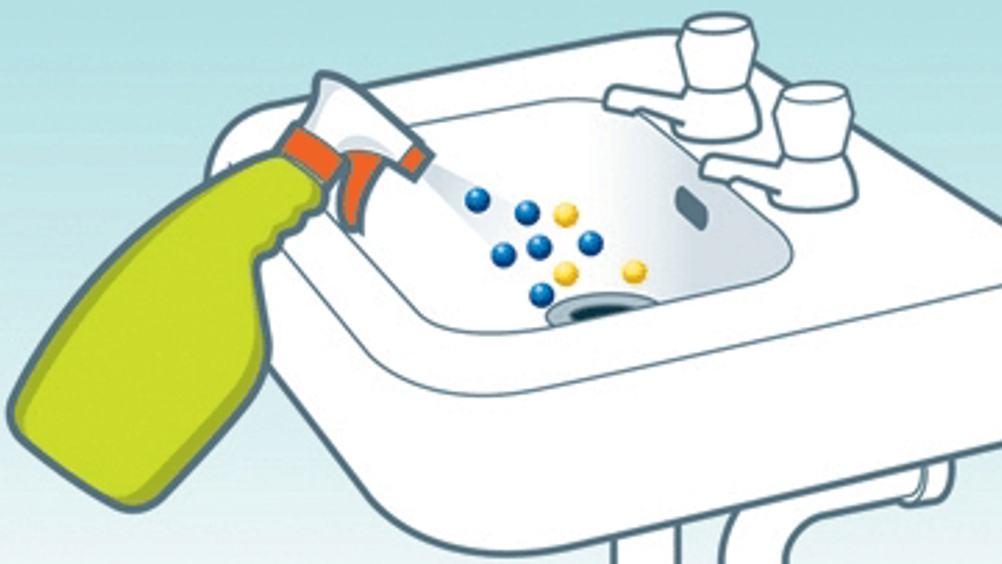Behavioural science for nanoparticles

Scientists from the Centre for Ecology & Hydrology (CEH) and the Science and Technology Facilities Council’s ISIS Neutron Source, along with colleagues from King’s College London and Oxford University, have been studying nanoparticle behaviour in sewage treatment plants and have identified a way to potentially help remove them during primary sewage treatment.
Nanoparticles are used in foods, cosmetics, medicines and cleaners. However, once discarded into the water supply, very little is known about their impact on the environment. The scientists examined silica nanoparticles commonly found in consumer products and routinely discharged to wastewater. They simulated primary sewage treatment and used the ISIS Neutron Source to view the sewage at the nanometre scale.
The neutrons penetrate the sewage and scatter from the nanoparticles, allowing the aggregation behaviour of the nanoparticles to be measured.
By doing this, the scientists could measure behaviour of the nanoparticles through time. They found that coating silica nanoparticles with a detergent-like material or surfactant made the nanoparticles interact with components of the sewage to form a solid sludge, which could then be separated from the wastewater.
Register now to continue reading
Thanks for visiting The Engineer. You’ve now reached your monthly limit of news stories. Register for free to unlock unlimited access to all of our news coverage, as well as premium content including opinion, in-depth features and special reports.
Benefits of registering
-
In-depth insights and coverage of key emerging trends
-
Unrestricted access to special reports throughout the year
-
Daily technology news delivered straight to your inbox










Water Sector Talent Exodus Could Cripple The Sector
Maybe if things are essential for the running of a country and we want to pay a fair price we should be running these utilities on a not for profit...